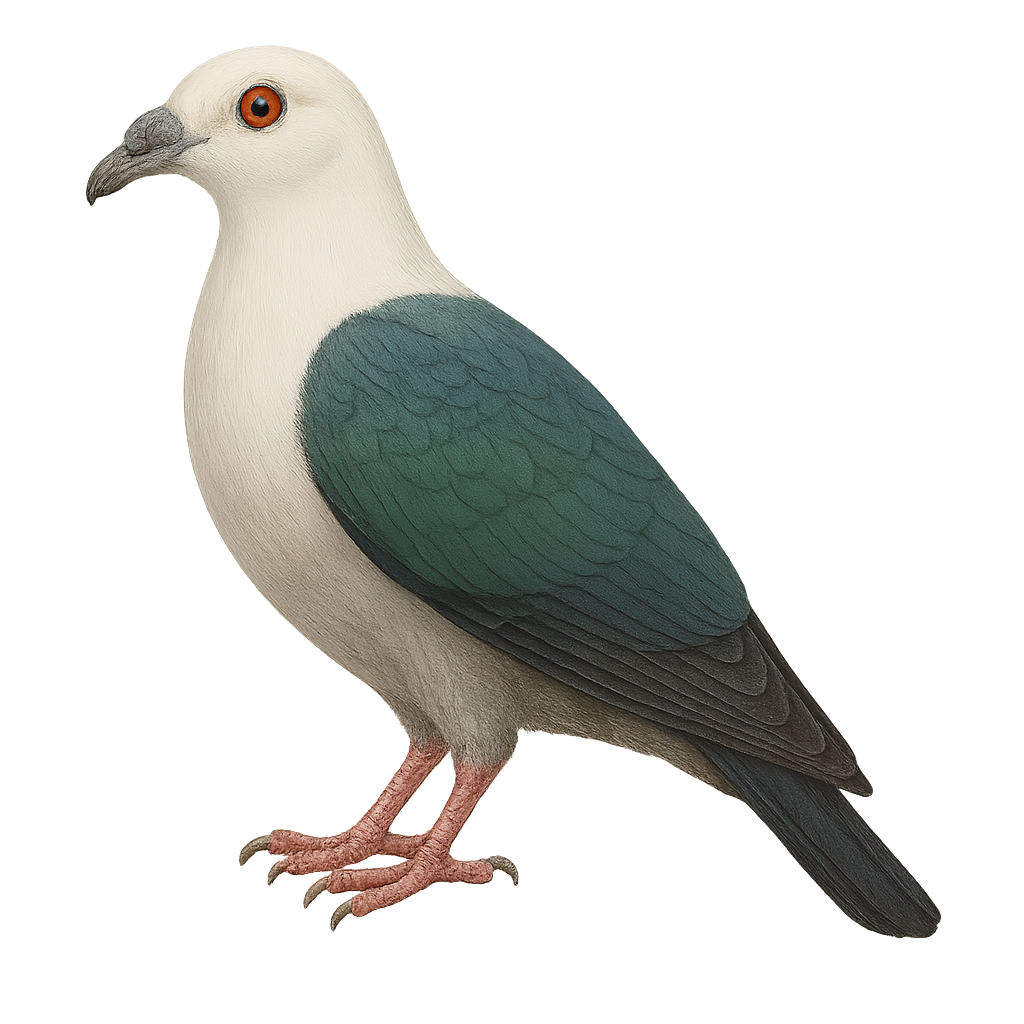Your wildlife photography guide.
Explore the spice imperial pigeon in detail, study its behavior, prepare your shots.
Where to observe and photograph the spice imperial pigeon in the wild
Learn where and when to spot the spice imperial pigeon in the wild, how to identify the species based on distinctive features, and what natural environments it inhabits. The WildlifePhotographer app offers tailored photography tips that reflect the spice imperial pigeon’s behavior, helping you capture better wildlife images. Explore the full species profile for key information including description, habitat, active periods, and approach techniques.
Spice Imperial Pigeon
Scientific name: Ducula myristicivora

IUCN Status: Near Threatened
Family: COLUMBIDAE
Group: Birds
Sensitivity to human approach: Suspicious
Minimum approach distance: 10 m
Courtship display: June to July
Incubation: 26-28 jours
Hatchings: June to August
Habitat:
Tropical forests, wooded areas, mangroves
Activity period :
Primarily active during the day, with peak activity in the morning and late afternoon.
Identification and description:
The Spice Imperial Pigeon, or Ducula myristicivora, is a large pigeon species endemic to the Maluku Islands in Indonesia. It is distinguished by its elegant plumage, primarily gray with metallic green hues on the wings and back. Its robust beak is adapted to its diet, which mainly consists of fruits, especially nutmeg, from which it derives its scientific name. It plays a crucial role in seed dispersal, contributing to the regeneration of tropical forests. This pigeon prefers dense forests and wooded areas, where it can move with agility thanks to its powerful wings. Although its conservation status is concerning due to deforestation, it remains relatively common in its natural habitat.
Recommended lens:
400mm – adjust based on distance, desired framing (portrait or habitat), and approach conditions.
Photography tips:
To photograph the Spice Imperial Pigeon, it is advisable to use a telephoto lens of at least 400mm to capture detailed images without disturbing the bird. Look for areas where fruit trees are abundant, as these pigeons are often attracted to the fruits. Be patient and discreet, as they can be suspicious. Morning is usually the best time to observe them, as they are more active at this hour. Use a tripod to stabilize your camera and adjust your settings for low light conditions under the dense canopy.
The WildlifePhotographer App is coming soon!
Be the first to explore the best nature spots, track rutting seasons, log your observations, and observe more wildlife.
Already 1 432 wildlife lovers subscribed worldwide

